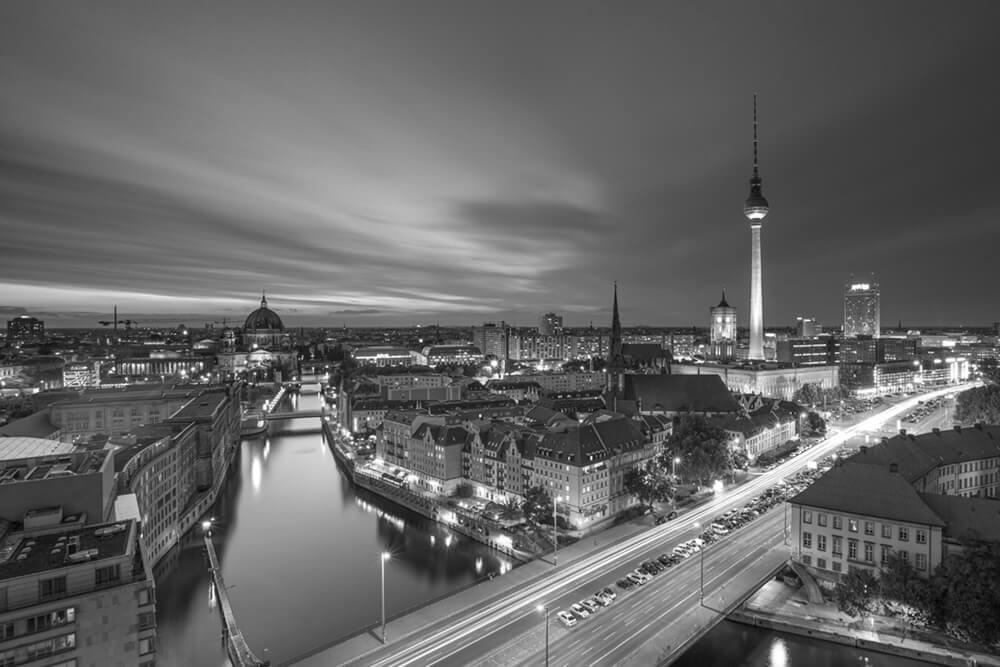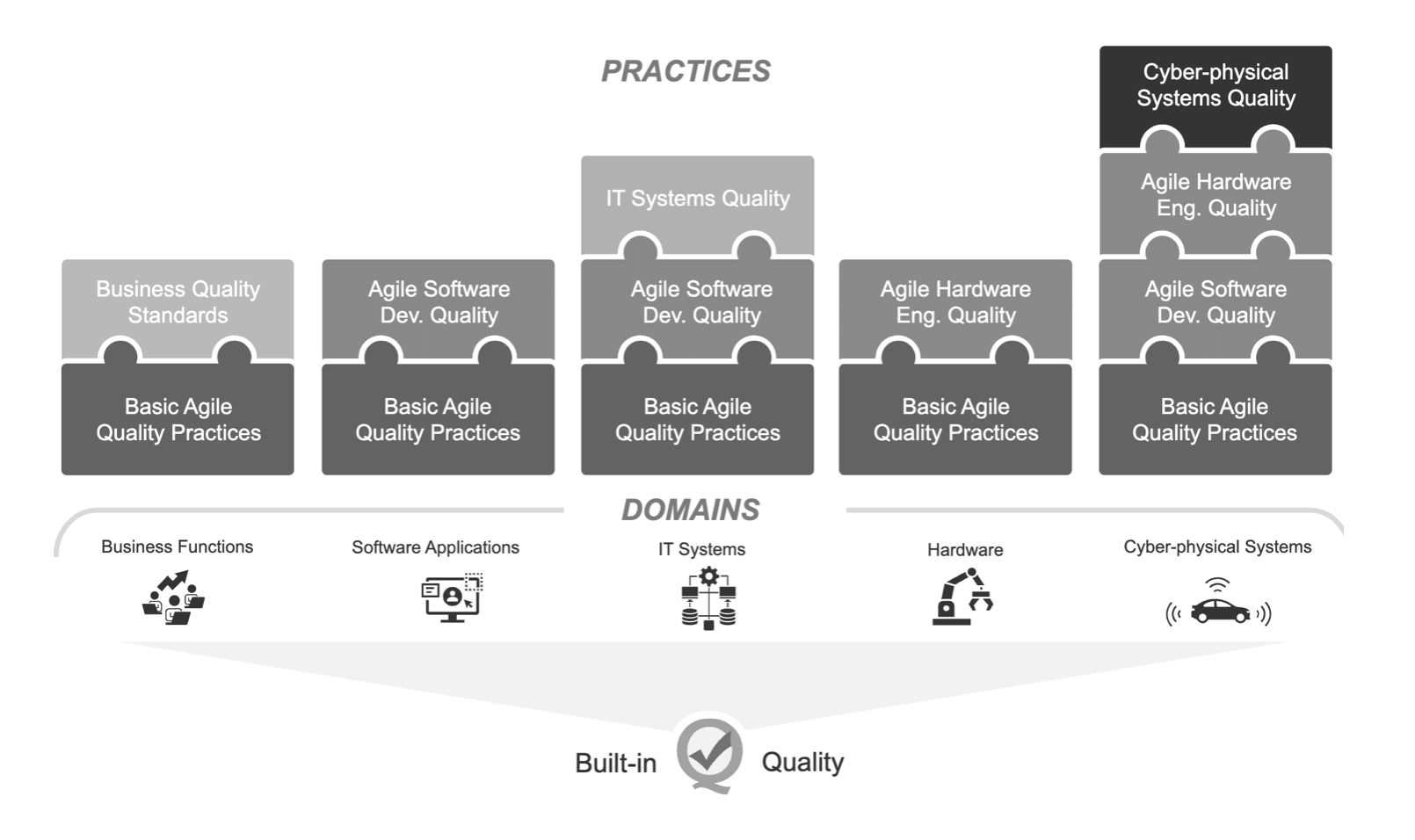In our experience, the architect role is one of the most underestimated roles in the practical application of the SAFe framework. This is very common for organizations that are preparing to launch their first Agile Release Trains (ART), but also for organizations that have long experience with dozens of Program Increments (PI) across multiple ARTs. One reason architects are underutilized in the transformation is that they receive education and the opportunity to discuss and understand how best to use the SAFe framework and, above all, the concept of value streams, too late.
The effect is that traditional architect roles continue to work as they have done before, thereby missing the central and positive impact that the various architectural roles within the SAFe framework have on teams, trains, and portfolio management—solution architect, system architect, and enterprise architect.
Indeed, there is a clear and well-developed roadmap for how to start agile release trains, but in practice, it is not uncommon for important steps to be skipped and for several shortcuts to be taken. This roadmap, which is strongly inspired by John Kotter’s ideas on change management and a large portion of practical experience, describes a sequence of a dozen phases that together constitute a well-proven method for creating the organizational changes needed to make the most of the starting point that the SAFe framework represents. Each of these phases has a clear purpose and is supported by several workshops and trainings. One of the training that often is missed in the rush to get started is *SAFe for Architects*—precisely the training that is most important for architects to shape and develop effective release trains.
What is it that is most likely missed when architects do not fully participate in the major organizational change that SAFe entails? The most fundamental is the tendency for the phase aimed at identifying value streams—”Organize Around Value”— not to be conducted with sufficient connection to the actual architecture in place. This, in turn, makes the next phase, when building teams and trains—”Prepare for ART Launch”—have poor conditions for creating an even flow of value. A common pitfall is that an existing line organization is more or less directly determined to be an ART.
We often see a domino effect of unnecessarily problematic conditions for the subsequent steps in the change journey, with symptoms such as many dependencies and low flow speed. This uphill battle applies not only when starting new agile release trains. It also shows over time when needing to develop existing trains.
Based on our broad experience of a variety of transformations and train launches and to avoid the most common pitfalls, it is our strong recommendation that all organization’s architects be allowed to solve a ticket to come aboard by actively participating in leading positions and gaining access to the training they need at an early stage just like other managers and leaders in the organization. The saying “Haste makes waste” is a fitting summary of the unwanted effect that arises when the organization’s architects are not “on board”.

Fredrik Hedman is a senior Lean and Agile trainer, coach and transformations specialist, with 30+ years of experience working in large multinational organizations. He has a passion for helping teams, leaders and managers to embrace Lean and Agile values and principles.
Fredrik has deep technical and practical experience within Lean and Agile product development and is and SPC coach since 2013. He is tirelessly striving to help deliver more value to customers with shorter lead time. He seeks pragmatic solutions that equip organizations to drive the change themselves, generating both short and long-term results. Read More


